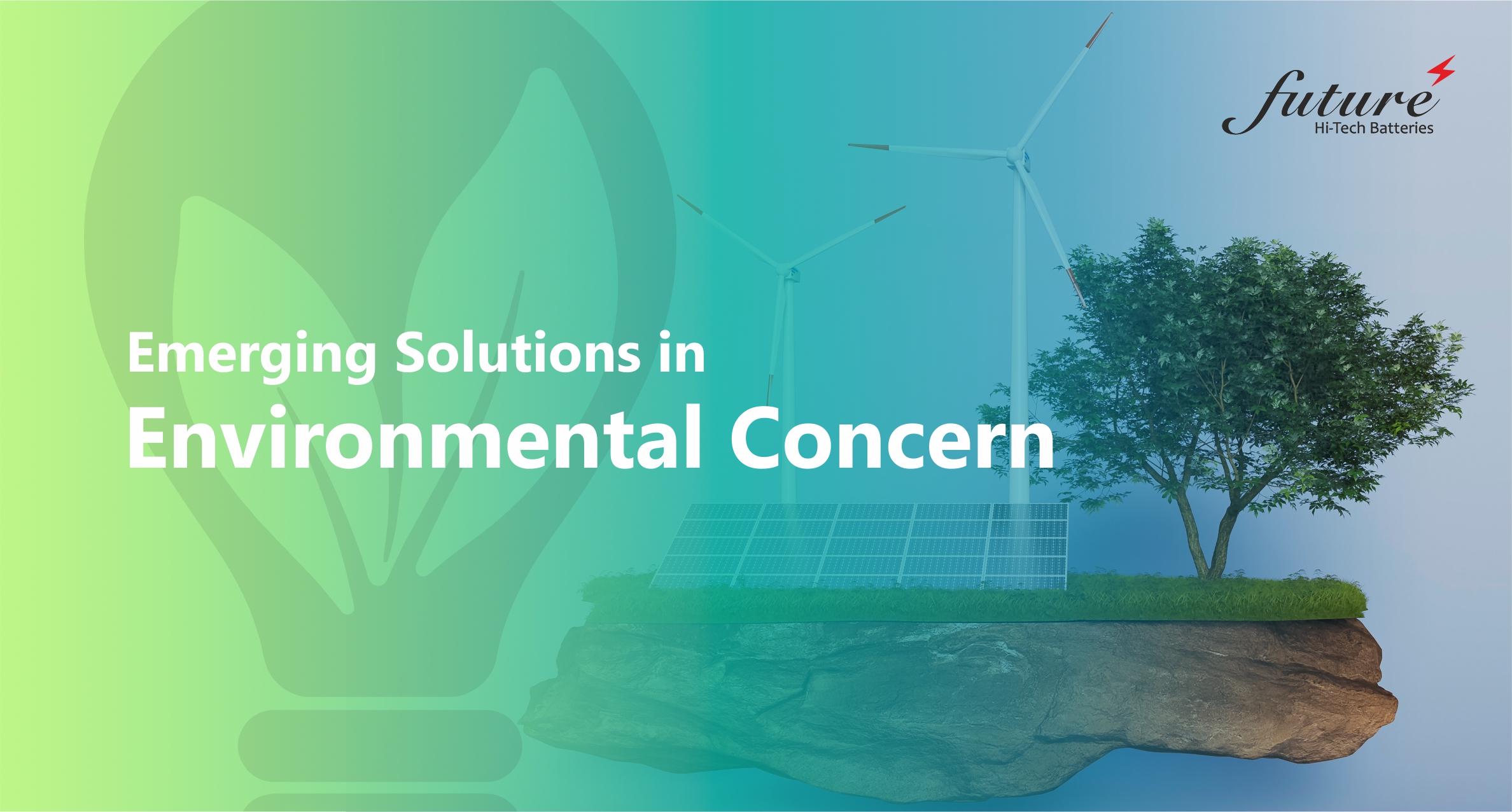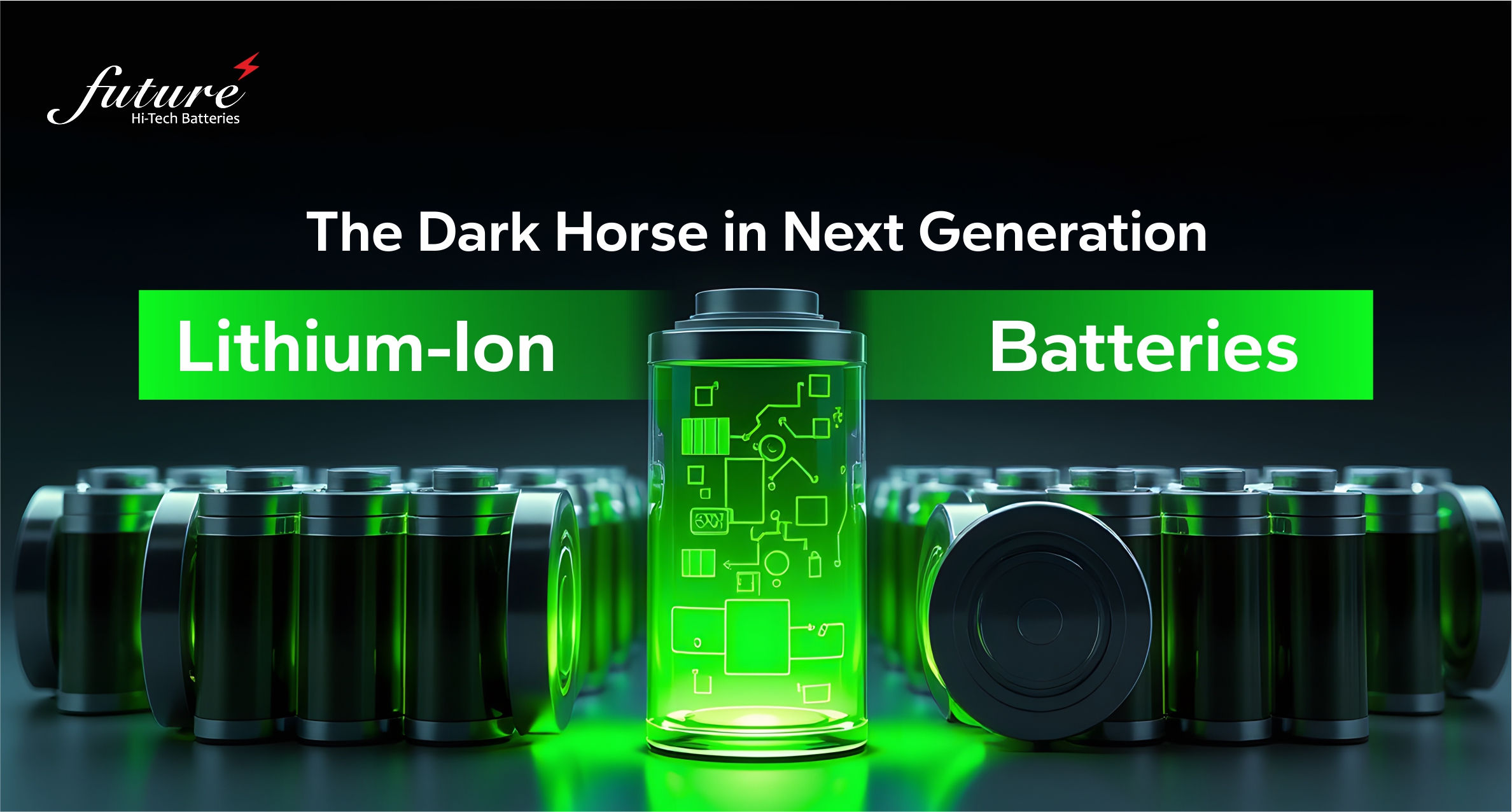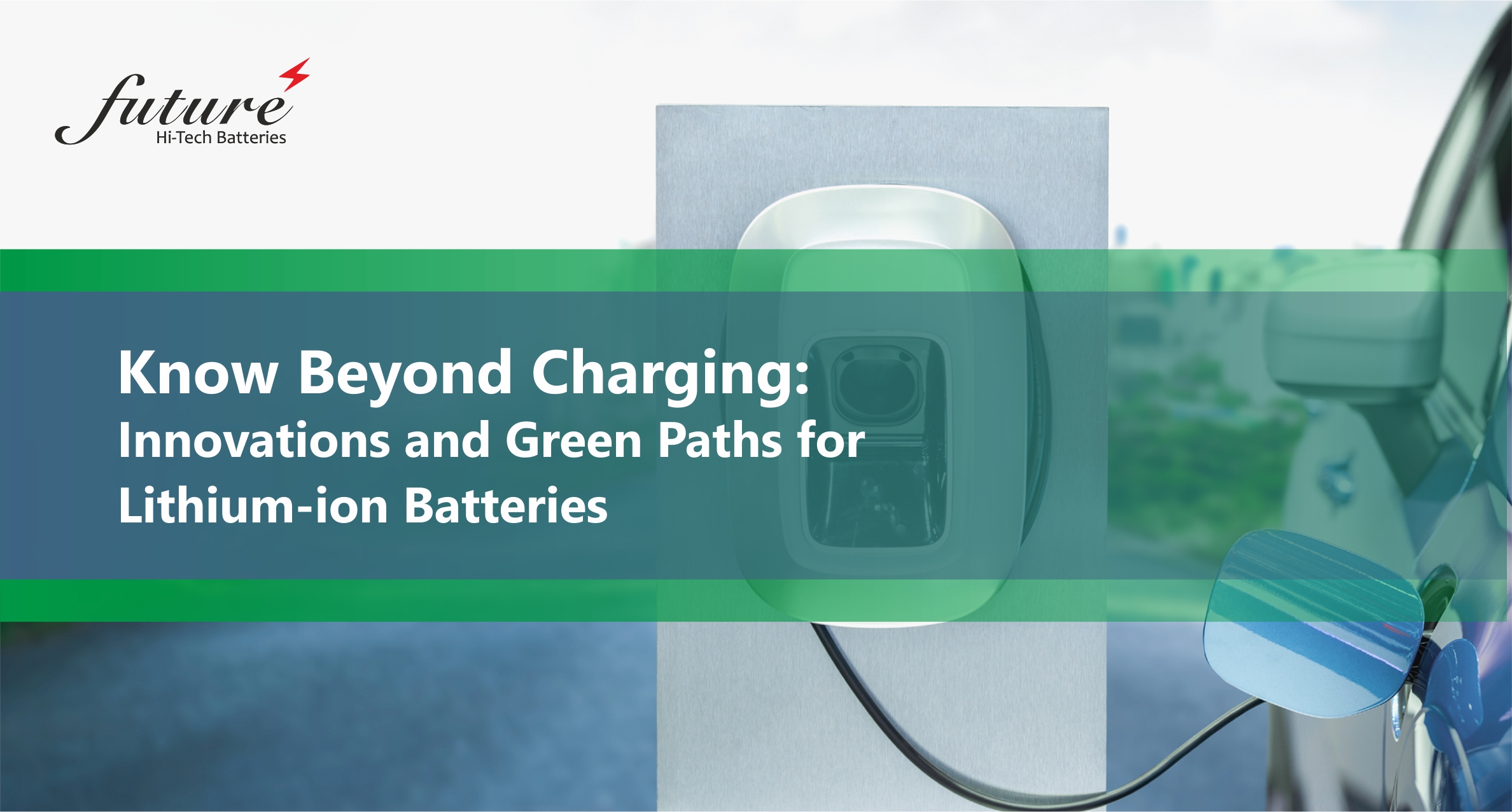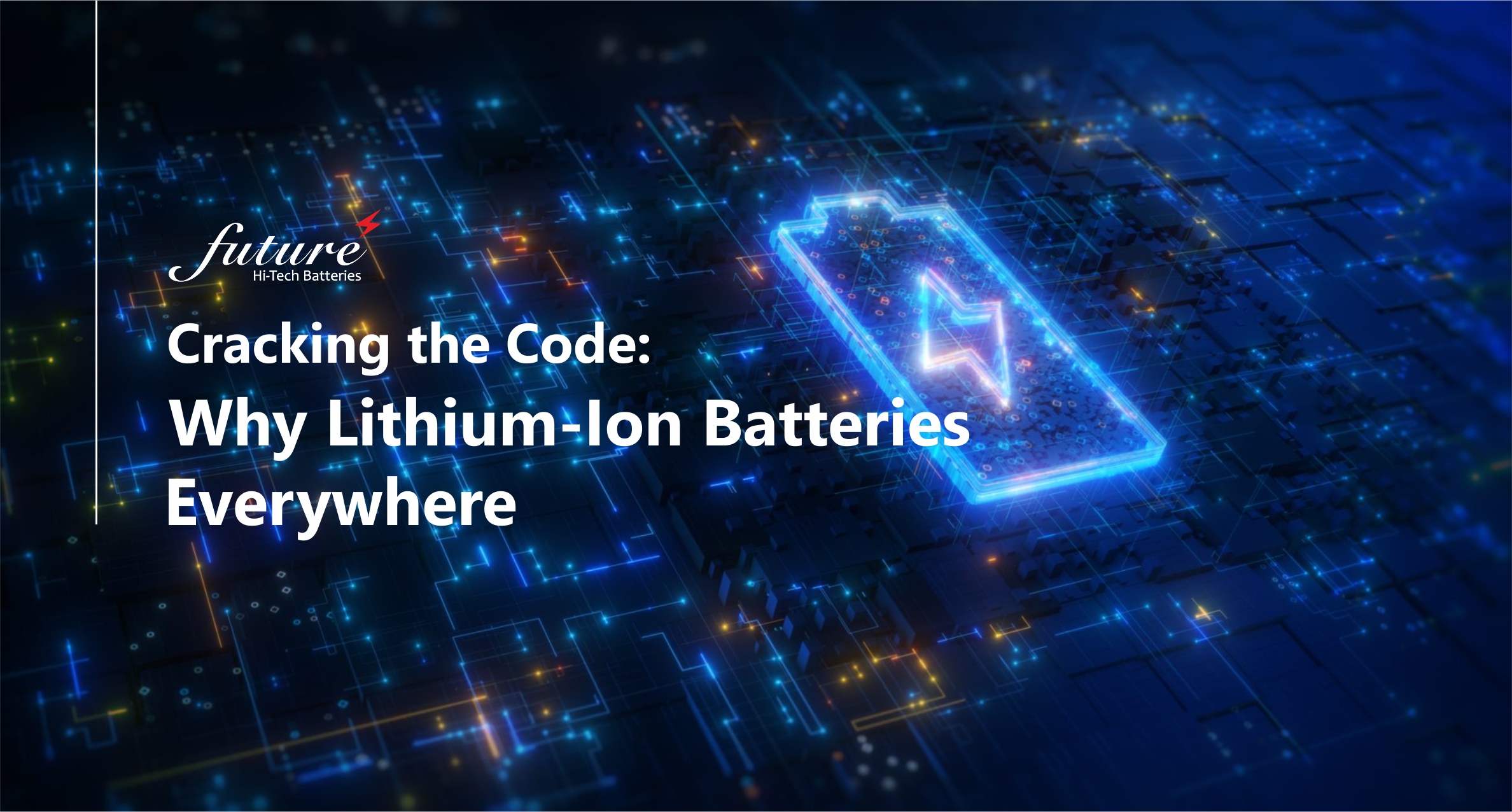Lithium battery packs have become the backbone of modern energy storage. From smartphones to electric vehicles (EVs) and renewable energy grids, it powers everything. As the world shifts toward cleaner energy, lithium-ion technology plays a crucial role in this transition. However, the rapid growth in lithium battery use brings environmental challenges that you cannot ignore. The life of lithium batteries presents significant ecological risks, whether it is resource extraction or disposal. Fortunately, a variety of emerging solutions are there to ensure more sustainable battery future.
The Environmental Impact of Lithium Battery Packs
1. Resource Extraction and Its Consequences
Lithium battery production begins with raw materials mining, such as lithium, cobalt, and nickel. The extraction of these elements often occurs in regions with fragile ecosystems. It thus leads to:
Water Depletion and Pollution: Lithium is typically extracted through brine mining. It involves pumping of underground brine to the surface, allowing water to evaporate. This process consumes vast amounts of water, approximately 500,000 gallons per ton of lithium ion. It can deplete local water supplies, especially in arid areas like the Lithium Triangle (Chile, Argentina, Bolivia).
Soil and Air Contamination: Mining activities can release toxic chemicals into surrounding soil and water, affecting agriculture and human health. Dust from mining operations also contributes to air pollution.
Biodiversity Loss: Large-scale mining disrupts habitats, endangering plant and animal species. This is particularly true in bio-diverse regions where many lithium deposits are found.
2. Manufacturing Emissions
The manufacturing of lithium battery packs is energy-intensive. Although these batteries support lower carbon emission during their usage. Especially in EVs, their production can be carbon-heavy if powered by fossil fuels. A typical EV battery pack can result in the emission of 1.5 to 2 tons of CO₂ during production, depending on the energy source used in manufacturing facilities.
3. Battery Waste and End-of-Life Concerns
As battery demand increases, the volume of used battery packs will also multiply. Without proper recycling infrastructure, most used batteries will end up in landfills, posing several risks:
Leaching of Toxic Chemicals: Batteries contain heavy metals and chemicals that can leach into soil and groundwater, threatening ecosystems and human health.
Fire Hazards: Improperly discarded lithium batteries are known to catch fire or explode under certain conditions, especially in landfills or recycling plants not equipped to handle them.
Resource Loss: Failing to recycle batteries means losing valuable materials that could otherwise be reused, thereby increasing the demand for new mining.
Emerging Solutions for a Sustainable Battery Ecosystem
Recognizing the urgent need to address these environmental concerns, researchers, manufacturers, and governments are investing in more sustainable solutions across the lithium battery lifecycle.
1. Greener Mining Practices
Direct Lithium Extraction (DLE): This emerging technique offers a more sustainable alternative to traditional evaporation ponds. DLE uses chemical processes to selectively extract lithium from brine while returning most of the water back to the ground. This method reduces water consumption and environmental disruption.
Closed-Loop Water Systems: Mining companies are adopting systems that recycle and purify water used during extraction, minimizing impact on local water sources.
Stricter Regulations and Certification: International bodies are pushing for responsible sourcing standards. Certification schemes like the Initiative for Responsible Mining Assurance (IRMA) help ensure ethical and environmentally sound practices.
2. Low-Emission Manufacturing
Renewable Energy-Powered Factories: Battery manufacturers are transitioning to clean energy sources like solar, wind, and hydro to power their facilities. For instance, Tesla’s Gigafactories aim to be fully powered by renewable energy.
Improved Energy Efficiency: Advances in process engineering are reducing the energy input required to manufacture battery components, decreasing the overall carbon footprint.
3. Second-Life Battery Applications
Before recycling, many used batteries still hold enough capacity for secondary use. These “second-life” batteries can be repurposed for less demanding energy storage applications, such as:
Grid Stabilization: Used EV batteries can store excess renewable energy and release it during peak demand, supporting a stable power grid.
Off-Grid Energy Systems: They are also ideal for powering rural or remote areas that lack reliable electricity infrastructure.
4. Alternative Battery Options
Research into new battery technologies is also helping reduce reliance on environmentally problematic materials:
Solid-State Batteries: These promise higher energy density and improved safety without the need for cobalt or liquid electrolytes, reducing both environmental and ethical concerns.
Lithium Iron Phosphate (LFP): LFP batteries do not use cobalt or nickel, making them more sustainable and safer, although they offer slightly lower energy density.
Sodium-Ion Batteries: Utilizing abundant sodium instead of lithium, these batteries have the potential to reduce the environmental impact of raw material extraction.
Extended Producer Responsibility (EPR): Regulations requiring manufacturers to take responsibility for the end-of-life management of their batteries are gaining traction in many countries.
Incentives for Recycling: Governments are offering subsidies and tax incentives to recycling companies and consumers to encourage proper battery disposal.
Consumer Awareness: Educating consumers about proper battery disposal, second-life applications, and recycling can significantly reduce the volume of batteries sent to landfills.
Conclusion
Lithium battery packs are essential to de-carbonizing transportation and enabling renewable energy storage, but they come with serious environmental costs that must be addressed. From mining and manufacturing to disposal, every stage of the battery lifecycle presents opportunities for improvement. Through technological innovation, responsible sourcing, and robust recycling infrastructure, we can significantly reduce the environmental footprint of lithium batteries. As these solutions mature and scale, the vision of a truly green energy revolution becomes not only possible but increasingly attainable.
Follow us on LinkedIn.









Your Comment Please